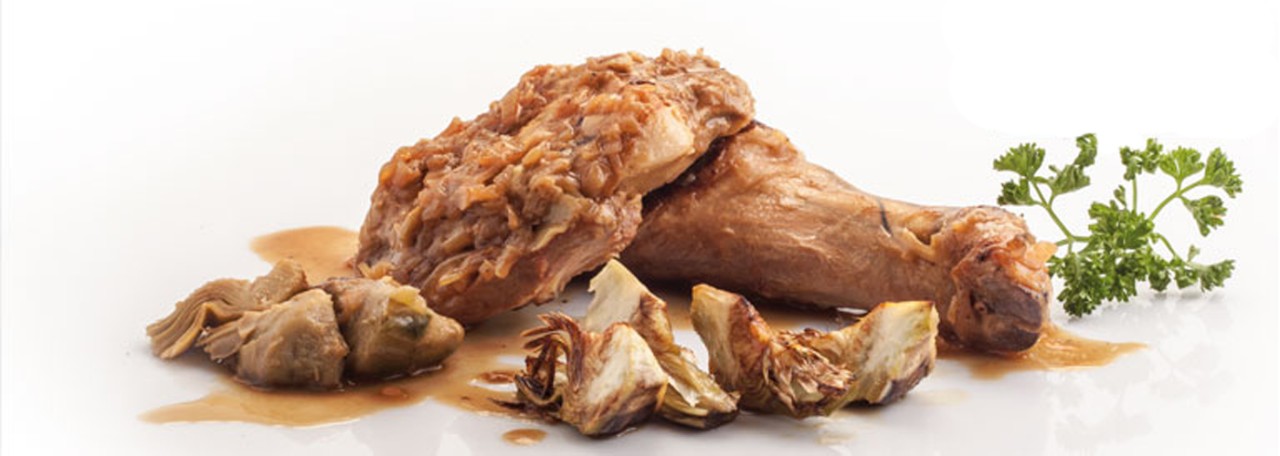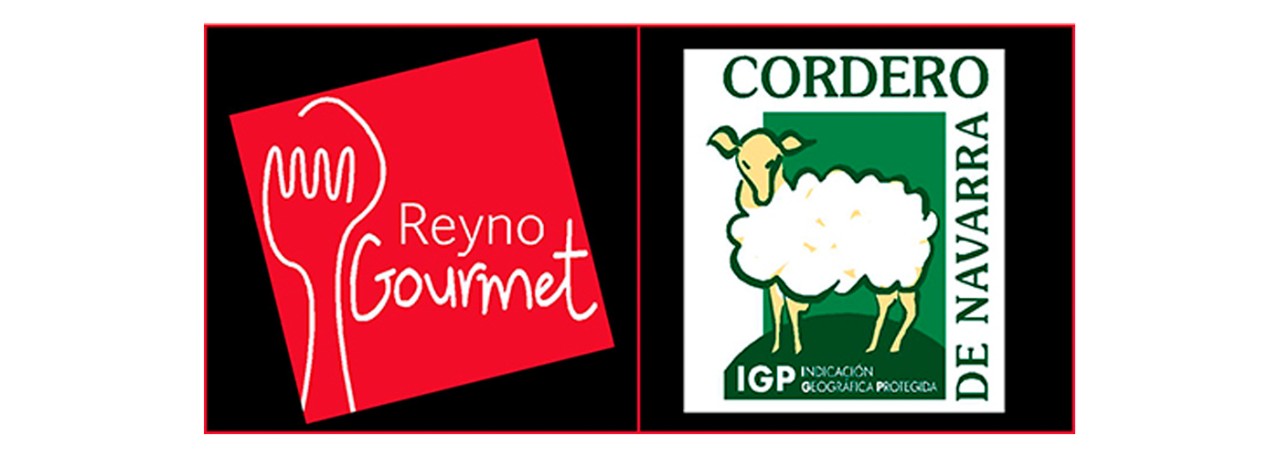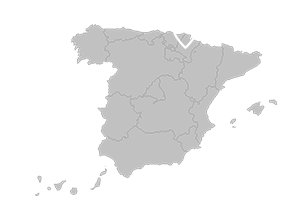.png.transform/rendition-xs/image_image%20(1).png)
Cordero de Navarra o Nafarroako Arkumea PGI
Lamb from purebred Navarran and Latxa sheep, in two classes – suckling and young.
Tasting notes
The suckling lamb is tender, smooth and juicy, with less fat than the young lamb. The flavor is mild, with the front quarters being more flavorsome than the rear quarters.
The young lamb is smooth and juicy and, being from a larger, older sheep that has been fed on cereals and straw, has a slightly more pronounced flavor than suckling lamb.
Other notes
Based on the Navarran classification system, only prime qualities in categories A and B are accepted for suckling lamb and B and C for young lamb.
Carcasses must also meet the following requirements:
- Suckling lamb:
Fat covering: thin or medium
Meat color: pearly white or pale pink
Meat characteristics: tender, juicy, soft texture and characteristic flavor
- Young lamb:
Fat covering: thin or medium
Meat color: pale pink
Meat characteristics: tender, initial intramuscular marbling, very juicy, soft texture and characteristic flavor.
Production / Processing method
Lambs from sheep bred extensively or semi-extensively, and fed on pasture and other natural plant feed, following traditional local practices. Suckling lambs must be suckled by their mothers until slaughter when the carcass must weigh 5–8 kg / 11-17 lb. Young lambs must be suckled until at least the age of 45 days. During fattening, their feed shall comprise white straw from cereal crops and compound feed based on cereals, leguminosae, vitamins and minerals. Lambs that have not been weaned by 45 days shall be fattened with both the above feed and mother’s milk. At slaughter, carcasses must weigh 9–12 kg / 19-26 lb.
The concentrated feed may not include any type of plant sub-product that does not come from cereal or leguminosae crops, nor urea. Any substances that might affect normal growth and development are strictly prohibited.
Slaughter, dressing and production of the carcasses must take place in Navarran government-approved slaughterhouses.
Geography / Relief and climate
The most outstanding morphological characteristic of the area is its gentle landscape, although there are also lines of hills and some low mountain ranges. Altitude varies between 266 and 600 m / 656 and 1,968 ft.
Soils are clay-loam and clay-sandy-loam or, to a lesser extent, sandy-loam. They are slightly basic, with pH at about seven.
The climate is warm Mediterranean, with average annual rainfall of about 400 mm.
The area is crossed by the Ebro river and its tributaries, the Ega, Arga, Aragón, Leza and Cidacos.
Regulatory Council
ICAN
Avda. Serapio Huici, 22. Edificio Peritos
31610 Villava (Navarra)
Tel: (+34) 948 013 040
cordero@intiasa.es
www.reynogourmet.com
Sources:
- Spanish Ministry of Agriculture
- Regulatory Council, Cordero de Navarra/Nafarroako Arkumea PGI
The concentrated feed may not include any type of plant sub-product that does not come from cereal or leguminosae crops, nor urea.


- Cordero de Navarra 1
- Cordero de Navarra 2

Villava (Navarre)
